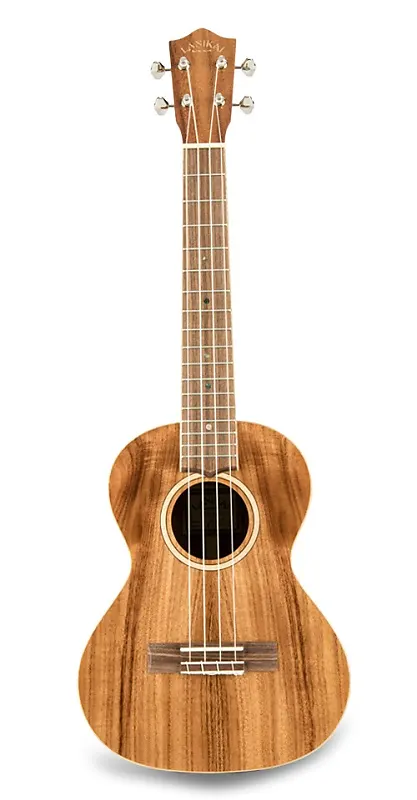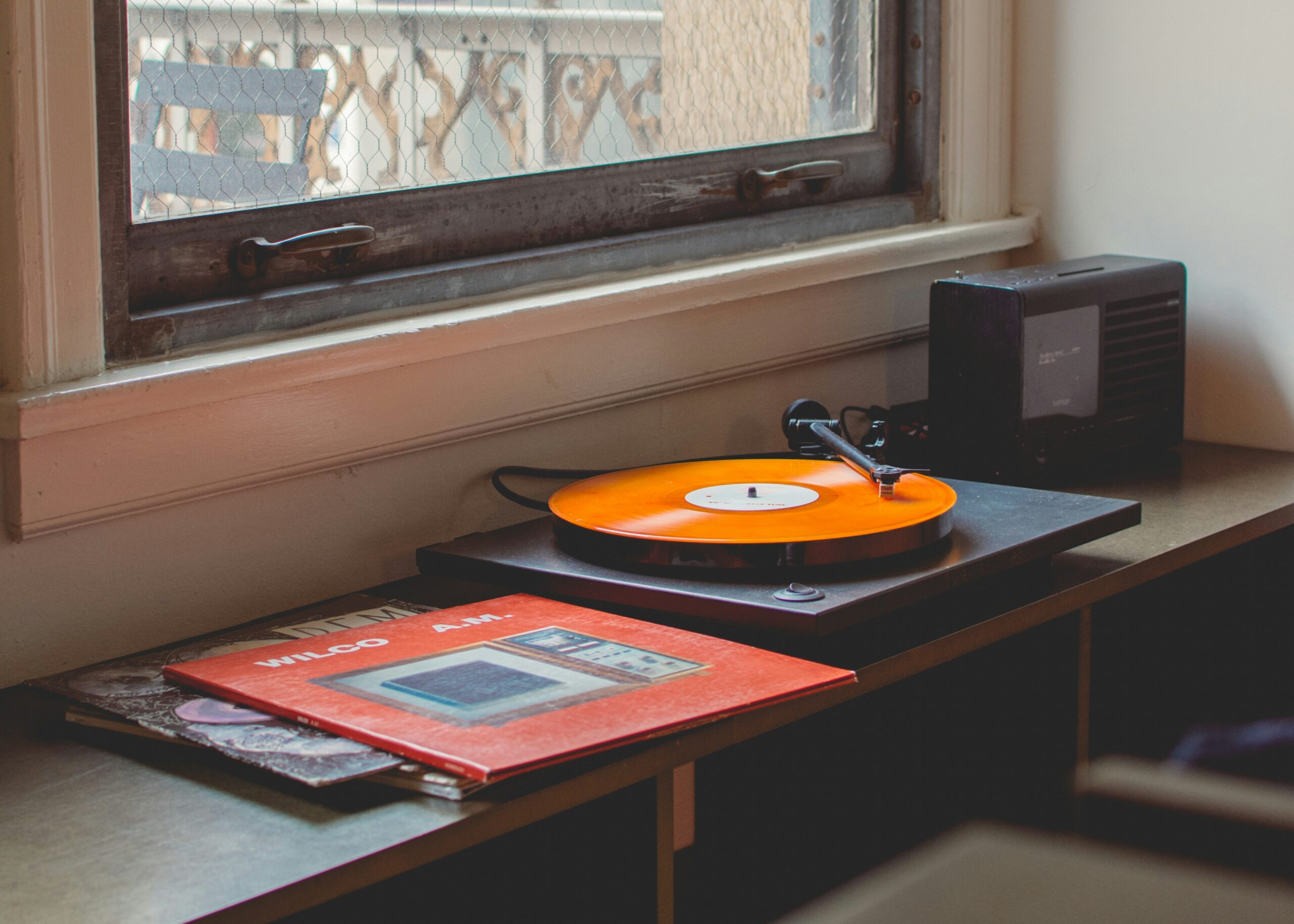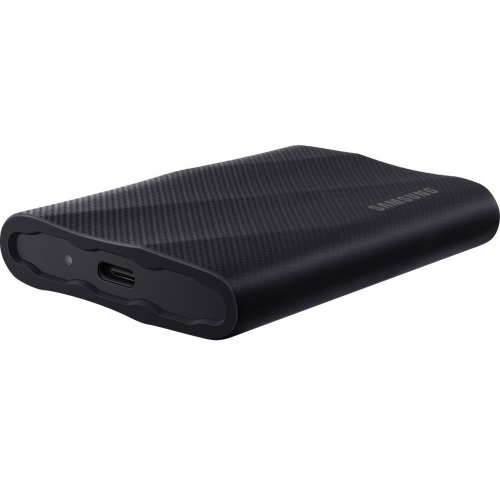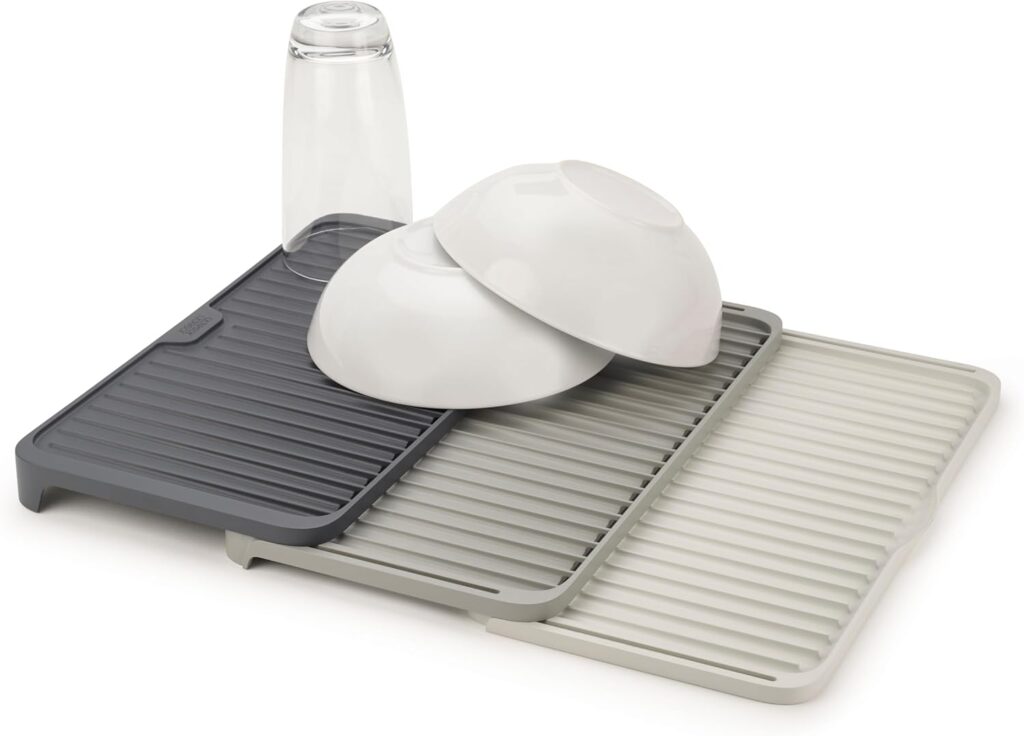There’s something addictive about a tenor uke that blooms under your fingers—woody warmth, bell clarity up the neck, and enough headroom to dig in without the tone collapsing. If you’ve been bouncing between entry-level instruments or you’re finally stepping up to a pro build, this guide will help you unlock the full voice of the Lanikai All Solid Acacia Tenor Ukulele. We’ll cover tonewood behavior, setup, string choices, right- and left-hand technique, practice frameworks, live/recording workflows, and care—so the instrument sounds as good on a couch demo as it does on stage.
Shop Lanikai All Solid Acacia Tenor Ukulele
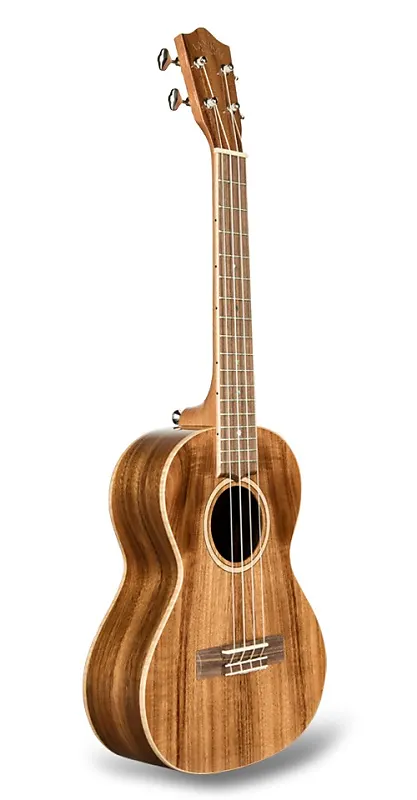
Why Tenor + Solid Acacia Is a Sweet Spot for Players
On ukulele, scale length and wood choice drive the “feel” as much as sound. Tenor scale (≈17″) gives you more fretboard real estate for chords and melody, slightly higher tension for clarity, and better projection than soprano or concert. All-solid acacia—a cousin of koa—delivers that signature Hawaiian shimmer with a touch of low-mid warmth. Unlike laminates, solid plates resonate as one piece, responding dynamically to touch: gentle fingerstyle speaks; aggressive strums don’t choke.
The Lanikai All Solid Acacia Tenor Ukulele leans into this recipe: articulate trebles for melody lines, supportive mids for singer-songwriter strums, and a sustain that helps slow ballads breathe. It’s a “grow with you” instrument—rewarding on day one, revealing more color as your technique refines.
Setup That Feels Like Home: Action, Relief, and Intonation
Even great instruments benefit from a quick once-over:
- Action (string height): You want low enough for clean barre chords, high enough to avoid buzz under a hard strum. Typical targets at the 12th fret: ~2.5 mm on C/G, ~2.0–2.2 mm on E/A.
- Neck relief: A whisper of forward bow helps prevent rattle on energetic playing.
- Nut slots: Correct depth/width reduces sharp notes in first-position chords and keeps tuning stable when you bend or use vibrato.
- Intonation check: Tune open strings, then check at the 12th fret. If fretted notes are sharp/flat, a tech can adjust saddle compensation.
Once dialed, the Lanikai All Solid Acacia Tenor Ukulele plays like a conversation—no wrestling, just music.
Shop Lanikai All Solid Acacia Tenor Ukulele
Strings = 50% of Your Sound (Choose Like a Pro)
Factory strings are fine, but chasing “your” tone is worth it. Start with these archetypes:
- Clear fluorocarbon: Bright, focused, stable tuning; great for fingerstyle detail.
- Nylon (traditional): Warmer, rounder attack; classic strum vibe.
- Low-G vs. High-G:
- High-G (reentrant) keeps the sparkling, percussive uke identity—perfect for ensemble cuts.
- Low-G adds depth and guitar-like range, ideal for solo arrangements and jazz voicings.
On the Lanikai All Solid Acacia Tenor Ukulele, Low-G fluorocarbon brings out the wood’s body and sustain; High-G nylon leans into the chime. Try both—your repertoire will tell you which one sticks.
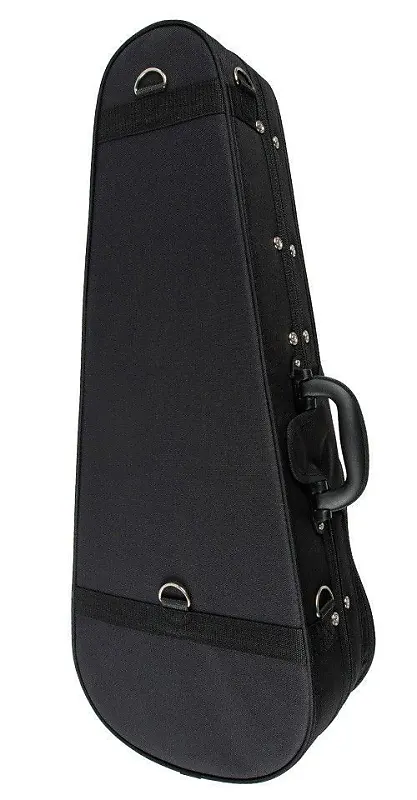
Right Hand: The Engine of Tone
Uke tone lives in your picking hand. Mini-clinic:
- Angle of attack: A ~30–45° angle with thumbnails/fingernails or pads softens harshness and adds “air.”
- Rest vs. free stroke: Free stroke (no rest on next string) = openness; rest stroke = pronounced melody for fingerstyle.
- Thumb + fingers independence: Thumb owns G/C; index and middle share E/A. Practice “boom-chick” (thumb on beats 1/3, fingers on 2/4) to lock feel.
- Rasgueado variants: Add light two- or three-finger flicks for flamenco-ish lift without going percussive-heavy.
- Mute control: Light palm mute near the bridge tightens rhythm parts; releasing opens choruses.
The Lanikai All Solid Acacia Tenor Ukulele rewards subtlety—small changes in touch translate into audible color.
Left Hand: Sustain, Voicings, and Clean Shifts
- Economy of motion: Keep fingers hovering over next targets. Practice chord changes slow, aiming for all fingers landing together.
- Voicing upgrades: For High-G, triads near frets 5–7 sparkle; for Low-G, add bass runs between chords (C → Cmaj7/B → Am).
- Vibrato & slides: Narrow vibrato for taste; glide into double-stops on the A/E strings to make melodies sing.
- Barres without strain: Roll the index slightly to use bonier edge; release pressure the instant a chord rings.
These micro-skills produce “record-ready” lines on the Lanikai All Solid Acacia Tenor Ukulele without extra gear.
Shop Lanikai All Solid Acacia Tenor Ukulele
Practice That Actually Sticks: A 20-Minute Plan
- Warm-up (5 min): Chromatic walk on each string with perfect time (use a click at 70–80 BPM).
- Right-hand focus (5 min): Thumb-index independence patterns: T–I–T–M across GCEA, then add simple syncopations.
- Chord mechanics (5 min): Rotate ii–V–I in 3 keys (e.g., Dm7–G7–Cmaj7) with smooth voice-leading up neck.
- Repertoire (5 min): One verse/chorus at performance tempo. Record once weekly; your phone mic is enough for feedback.
Do this daily for two weeks and your Lanikai All Solid Acacia Tenor Ukulele will feel like an extension of your hands.
Arranging for Solo Tenor: Filling the Spectrum
To sound “full” without a band, think in three layers:
- Bass function: Low-G gives real bass; with High-G, imply bass via rhythmic emphasis on lower-voiced chord tones.
- Harmony bed: Use spread voicings (drop-2/3 shapes) and let open strings ring against fretted notes.
- Melody on top: Reserve A/E strings for the tune; weave melody notes inside chord shapes for chord-melody style.
Pro move: map melody to the A string and let E string supply “guide tones” (3rds/7ths). The Lanikai All Solid Acacia Tenor Ukulele sustains enough for brief overlaps—your chords won’t evaporate the moment you shift to melody.
Shop Lanikai All Solid Acacia Tenor Ukulele
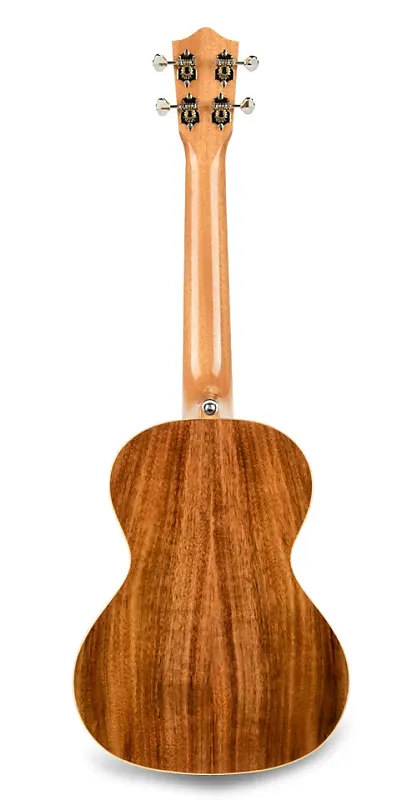
Strumming Patterns that “Breathe”
- Pop/folk: D D-U U-D-U at 72–92 BPM; light palm mute on verses, open up on choruses.
- Island swing: D (rest) U D U (rest) U with emphasis on beats 2 & 4 for lilt.
- Ballad triplets: D-(U-D) trip feel for emotional peaks; use sparingly to avoid rhythmic soup.
- Hybrid: Alternate thumb plucks on low strings with soft index strums for texture.
Acacia’s snap + warmth on the Lanikai All Solid Acacia Tenor Ukulele keeps patterns defined without sounding brittle.
Gig & Recording: Make It Stage-Proof, Studio-Ready
Live:
- If your model has electronics, set gain at the preamp low and boost at the mixer to reduce quack. A light notch around 200–250 Hz can clean boxiness; gentle high shelf adds air.
- Use a feedback buster (soundhole cover) when monitors get loud.
- Bring a clip-on tuner; tune silently between songs regardless of how “in tune” you feel.
Recording:
- Mic choice: A small diaphragm condenser 8–12 inches off the 12th fret angled toward the soundhole captures detail without boom.
- Double-track trick: Two takes panned 30–40% L/R creates width. Keep one take mainly chords, the other arpeggiated.
- Compression: 2:1 with slow attack/medium release to retain pick transients; high-pass around 80–100 Hz.
The Lanikai All Solid Acacia Tenor Ukulele records beautifully—quiet handling noise, articulate mids, and a top end that doesn’t hiss when brightened.
Shop Lanikai All Solid Acacia Tenor Ukulele
One Mixed Block (Bullets + Guidance): Accessory Shortlist
- Clip-on tuner with strobe mode—fast, accurate, stage-friendly.
- Two string sets (Low-G fluorocarbon + High-G nylon) to test your voice.
- Polish cloth & lemon oil (for fretboard if unfinished; sparingly, 2–3×/year).
- Capo for quick key shifts without new shapes.
- Gig bag or hard case with neck support; humidity pouch if you’re in dry climates.
- Feedback buster for live; mic stand with boom for recording stability.
These small adds let the Lanikai All Solid Acacia Tenor Ukulele travel, tune, and translate everywhere you play.
Care & Climate: Keep the Wood Happy
Solid acacia reacts to humidity. Aim for 40–60% RH:
- Dry air symptoms: Sharp fret ends, lowered action, buzz. Use a case humidifier and room humidifier in winter.
- Over-humidified: Mushy response, swelling; air out the case.
- Cleaning: Wipe after each session; change strings every 3–4 months (or sooner if sweat/oils dull tone).
- Storage: Case > stand; sunlight fades finishes and can loosen glue joints over time.
Well-kept, the Lanikai All Solid Acacia Tenor Ukulele will open up tonally over months—notes feel richer and sustain longer as the wood “wakes up.”
Musical Lanes Where Tenor Shines
- Singer-songwriter: Fingerstyle intros + strummed choruses; Low-G for bass connectives on verse lines.
- Jazz standards: Move drop-2 voicings up the neck; add guide tones on E/A strings and walk bass on Low-G.
- Folk/pop covers: Capo for singable keys; use arpeggios to lift verses.
- Island/reggae: High-G chank on 2/4, occasional off-beat mutes for bubble texture.
- Classical/minimal: Tenor sustain supports counterpoint; keep nails trimmed for even attack.
The Lanikai All Solid Acacia Tenor Ukulele flexes across these styles without sounding out of place.
Troubleshooting: Quick Fixes That Save a Set
- String squeak or harshness? Angle the picking finger slightly; switch to fluorocarbon if nylon squeaks under mics.
- Buzz out of nowhere? Check RH, saddle/nut seating, and any loose tuner bushings; tap lightly around the bridge to rule out hardware rattle.
- Intonation drifts high up the neck? New strings may be settling. Stretch gently and re-tune; if persistent, a tech can fine-shape the saddle.
- Tuning won’t stabilize after a change? Tie-off knots, stretch strings along their length, and re-tune several times; stability arrives after a day of play.
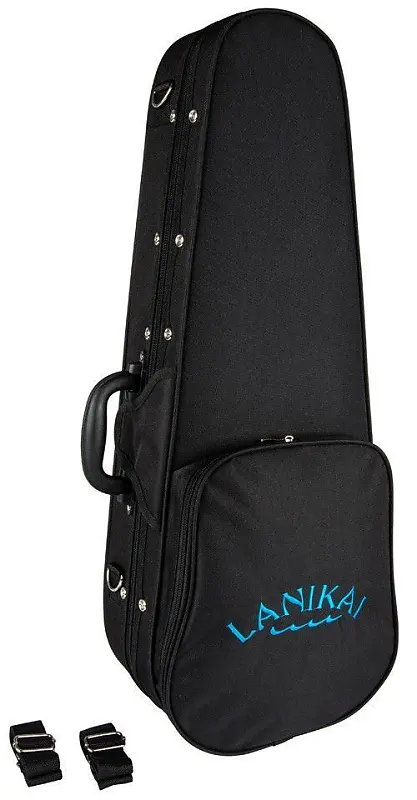
Conclusion
A great tenor ukulele turns practice into play and songs into moments. Pairing tenor scale with all-solid acacia gives you projection, warmth, and expressive headroom—the kind of voice that invites both delicate fingerstyle and confident strum dynamics. Set up your action, experiment with High-G and Low-G strings, and practice a short daily routine that targets hands, chords, and repertoire. Learn to arrange in layers, record with simple mic technique, and protect the wood with mindful humidity. Do that, and the Lanikai All Solid Acacia Tenor Ukulele won’t just sound good—it’ll sound like you.
Shop Lanikai All Solid Acacia Tenor Ukulele
FAQ
- Is tenor the right size if I’m moving up from a concert uke?
Yes—tenor offers more room up the neck, slightly higher tension for clarity, and bigger projection, while still feeling familiar. - Should I choose High-G or Low-G on this uke?
High-G preserves classic sparkle; Low-G expands range for solo/chord-melody work. Try both—the Lanikai All Solid Acacia Tenor Ukulele handles either beautifully. - What strings pair best with solid acacia?
Fluorocarbon brings clarity and sustain; nylon adds warmth and a softer attack. Mix based on repertoire and touch. - Do I need a professional setup?
Most players benefit from a quick setup—action, nut slots, and intonation—especially if you play high on the neck or perform live. - How often should I change strings?
Every 3–4 months with regular play, sooner if tone dulls or intonation wobbles. Wipe strings after sessions to extend life. - Any quick recording tips?
Mic at the 12th fret, 8–12 inches away, small-diaphragm condenser if possible. High-pass around 80–100 Hz; minimal compression keeps transients honest. - How do I protect an all-solid instrument from climate issues?
Maintain 40–60% humidity, store in a case when not playing, and use a simple case humidifier in dry seasons. - Can I gig with it without feedback?
Yes—if your model is acoustic-electric, keep preamp gain modest, use a soundhole cover on loud stages, and notch out boxy frequencies around 200–250 Hz. - What’s one practice change that makes the biggest difference?
Daily 20-minute routine: right-hand independence, clean chord changes with voice-leading, one song at performance tempo—record weekly to track progress.

